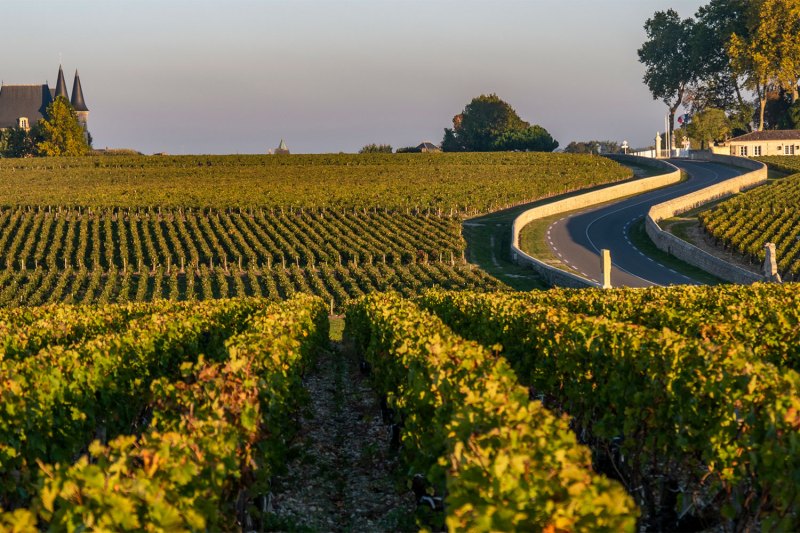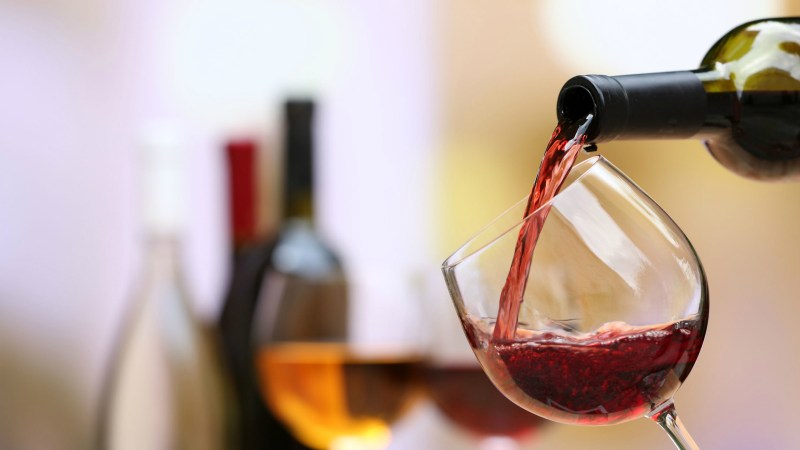
A French wine label can seem, well, foreign. As a whole, they tend to be peppered with traits and terminology that are not immediately familiar, sometimes cloaking the contents of the bottle to those who don’t speak the language or understand the hierarchies.
One word you’re likely to encounter a lot — whether you’re hunting for a fine Burgundy, a good sauternes, or a celebratory Champagne — is “cru.” Meaning “growth,” the word is a viticultural one, pointing to the vineyard where the fruit is grown. Over the years in France, vineyards have been rated based on their ability to create wine. It’s subjective and, like a lot of things in wine, probably due for some reform, but it’s worth understanding if you’re looking to better know what you’re drinking.
Like water rights or celebrity, the cru system is certainly antiquated, based largely on family names and maps or lists drawn up a long time ago. To France’s credit, growers are finally waking up to the many moving parts at play, adjusting dusty old blending rules and considering different cru designations based on an abruptly changing climate. But there’s far more work to do here. With the imbibing masses increasingly focused on transparency over critical acclaim and prestige, it’ll be interesting to see what comes of it.
In the meantime, here are some basics to get you in and out of the bottle shop a little more confidently, whether it’s an online find or a brick-and-mortar pickup. In addition to being something of a rating hierarchy, the cru system stresses terroir. Bottles designated a certain way should, in theory, demonstrate some type of typicity associated with a specific place. Again, it’s often more subjective than scientific, but there are certainly styles and flavors attached to certain French vineyards (and beyond).
Generally, if you see cru on the label, it’s pretty good stuff. The two most esteemed wine crus are Premiere and Grand. How the two terms are used is a little confusing. In Bordeaux, Premier (or premier grand cru classé) is the best of the best, the topmost of five formal designations (refresh your French vocabulary by looking up how to count from one to five). Unlike Burgundy, where the focus is on the site, the cru designation here is more focused on the production facility itself, or the chateau.
Elsewhere, as in Sauternes or Burgundy, Grand wears the gold medal while Premiere refers to the silver medal bearer. Burgundy classifies all of its vineyards this way, with lesser-revered sites and labels sporting the “Villages” (bronze medal) and “Bourgogne” markers (honorary mention). Many other regions in France and beyond work under very similar labeling guidelines. Famous spots like Alsace and Champagne place their work on similar podiums.
What to look for

The cru designation ought to be pretty noticeable on the label. It’s often more challenging to decipher the producer or which sub-region the fruit (and fruit type) is coming from. Premiere cru wines are often labeled as “1er Cru,” so be on the lookout for that. There are well over 600 in Burgundy alone, so you’re likely to see this wording a lot. If making wine on-site is important to you, look for the phrase “Mis En Bouteille Au Domaine.” But also know that the négociant system means a lot of split-up French vineyards and winemaking happening elsewhere entirely.
There are a few more things to be aware of. There’s very little regulation over using “grand vin” on a label (meaning great wine). It’s sort of like slapping “reserve” on the label. Somebody thinks it’s good, but that somebody may not be you. In Bordeaux, much of the hierarchy is leftover from a system requested by Napoleon III in 1855. Many of the 61 names are recognizable and of high quality (like Chateau Margaux) but aren’t always worth the sometimes outrageous pricing. Look for great buys in the second or third tiers of whichever region you’re dabbling in.
More French wine classifications

As you can see, you can learn a lot about the character of French wines if you know how to read the label (and know a little French). We’ve talked a lot about the meaning of cru in French wines, but there are further tiers of classifications that speak to the quality of the wine in the bottle.
- The first tier is AOP, which stands for Appellation d’Origine Protégée. It is reserved for wines of the highest quality, including wines classified as Premiere Cru and Grand Cru.
- Next comes Vin de Pays (“Wine of the Land), this classification speaks to the geographic location where the grapes for the wine are grown. The quality of these wines can vary from vineyard to vineyard, and it accounts for about 25% to 30% of all French wines.
- Vin de France is the most basic French wine quality classification. It’s not as common as the other two tiers, with only about 20% of French wine falling into this category. Vin de France wines are made from grapes grown in any region of France, and as a result, they usually don’t have an indication of origin on their label.
Easy, right?


